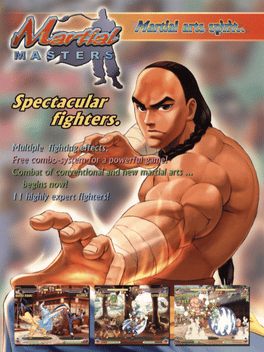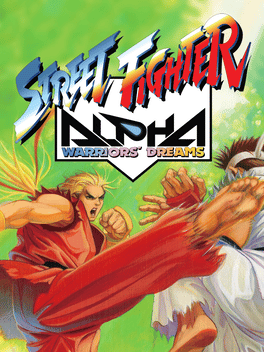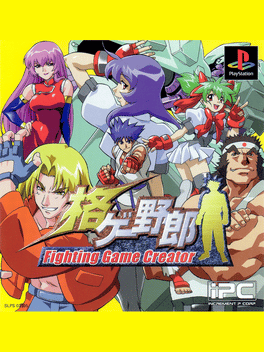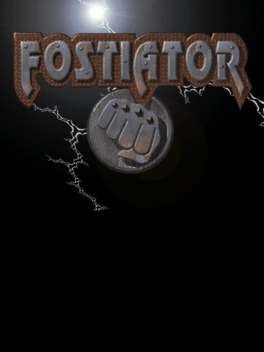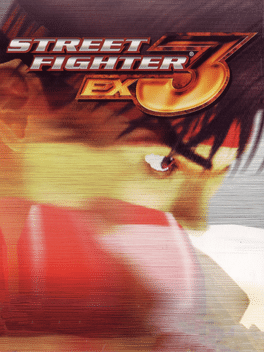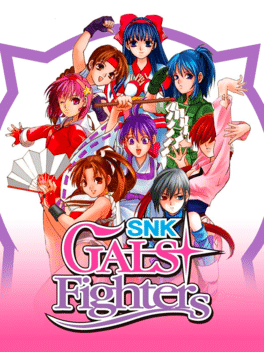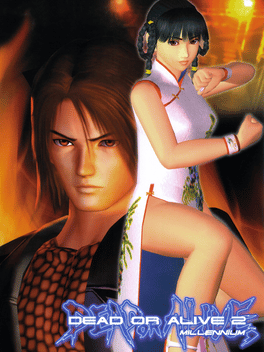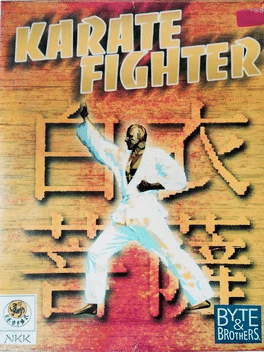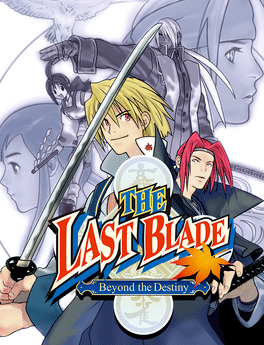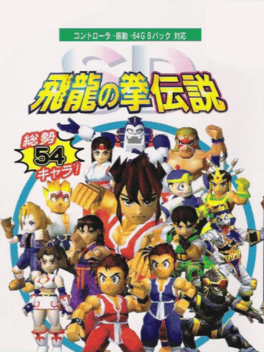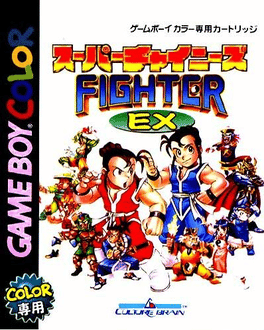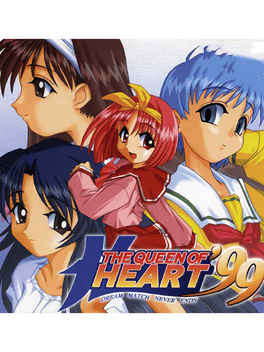New Nintendo 64 Games - Page 74
-
Martial Masters
2000
Martial Masters
2000
At the end of the Qin's Dynasty, the government weakened by corruption was attacked by foreign influences. The people were flung into misery and became quite unsatisfied with the situation. They did not believe in the government anymore and turned their faith back to religion. The White Lotus sect saw this as an opportunity and took over. They claimed to help the government to defeat foreigners and bring peace to the world. Their Ideology was quickly adopted. Everything related with the Western world was killed or destroyed. Anyone against this principal was considered an enemy and accused of being bound with the devil. Dragon of Martial Master and Master Huang of Po Chi Lam could not accept these outrageous actions so they band together in order to prevent much bloodshed. One day the leader of White Lotus Sect sent an invitation to Dragon and Master Huang but Dragon's disciples saw this as a trap and recommended that they wait for Master Huang, who was out of town collecting medicine. The Master did not want to m -
Tekken Tag Tournament
2000
star 6.1Has a huge upgrade to the graphics, and even adds in stages and music that weren’t in the original. -
The King of Fighters: Evolution
2000
King of Fighters '99 was remade for the Dreamcast as The King of Fighters: Evolution. In this port, players can change the audio to listen to arranged tracks of the soundtrack. The Dreamcast port also had the stages completed remodeled in 3D. -
Kakuge Yarou: Fighting Game Creator
2000
Full-scale construction tools with the ability to create 2D games action fighting game! A wide number of unique systems and all sorts of different techniques, the ultimate story of your own emotion in conjunction with creating a 2D fighting game. Also, per-equipped with the seven distinctive modes featuring original characters. -
Fostiator
2000
Fostiator
2000
Fostiator is one of several sample games that demonstrate the capabilities of DIV Games Studio development environment. It is a simple versus fighting game with four characters and three stages, using high-resolution pre-rendered sprites for characters and scenery objects. It is possible to play against the AI with three difficulty levels, against another player on a single keyboard, or watch two AI opponents fight each other. There is no plot but the DIV Games Studio user manual gives short (and rather silly) descriptions of each character: Alien, an animated skeleton of an extraterrestrial warrior with sharp claws; Bishop, a bionic fighter; Ripley, the Earth's best gymnast; and Nostromo, an immortal warrior armed with an axe. The character's names are obvious references to the 1979 film Alien and its sequel Aliens, but the game has otherwise no relation to this franchise. Fostiator was available as a free download from the official DIV Games Studio website. The entire source code of the game was also included w -
Street Fighter EX3
2000
Street Fighter EX3
2000
star 6.9Street Fighter EX3 is the final game in the Street Fighter EX series series, taking the gameplay and additional moves of EX2, and adding a tag-team element. Multiple characters from the famous Street Fighter series return and clash with Arika's own characters. -
K-1 Grand Prix
2000
K-1 Grand Prix
2000
The rough and tumble world of professional kickboxing comes to the PlayStation with K-1 Grand Prix. Choose from 16 professional kickboxers including Andy Hug, Musashi, and Ernesto Hoost, and if you don't like any of the professional contenders, create your own. After choosing the right avatar, jump into the ring for some training. Once you are ready for some competition, you can try to win a Tournament, but those players looking for a real challenge should play the Career mode. This is where you try to work your way from the bottom of the rankings to the championship. Between each bout, spend time training; how well you perform each training task will reward you with points that can be spent on new moves and combinations. Do you have the grit and determination to become the best in K-1 Grand Prix? -
Treasure Strike
2000
-
Top Fighter 2000
2000
Top Fighter 2000
2000
Top Fighter 2000 MK VIII is a fighting game created for the Mega Drive, presumably in the year 2000 by an unknown company. It features 8 characters from many different places and sources, including real-life personalities such as Michael Jordan and Muhammad Ali. -
SNK Gals' Fighters
2000
SNK Gals' Fighters
2000
star 8Sugar and spice and everything nice, that's what little girls are made of... NOT! It's time for the ladies to show who's boss in this superb all-girls fighting fantasy! Eight fabulous femme fatales to choose from and five different game modes! Use Super Attacks and collect and trade special items! -
Dead or Alive 2 Millennium
2000
Dead or Alive 2 is a fighting game in the Dead or Alive series, developed by Team Ninja and published by Tecmo. It debuted in arcades in 1999 and was later ported for the Dreamcast and the PlayStation 2 in 2000. Several enhanced editions of the game were released, including the updates Dead or Alive 2 Hardcore and Dead or Alive 2 Hard*Core. Dead or Alive 2 improved upon the graphics engine of its predecessor by using Sega NAOMI hardware and on the gameplay system by including many new features, leading to critical acclaim and strong sales. In 2004, DOA2 was remade for the Xbox as part of Dead or Alive Ultimate. -
Karate Fighter
2000
Karate Fighter
2000
A fighting game that promises to bring the fun of World Championship Karate to the 21st century. -
The Last Blade: Beyond the Destiny
2000
1863. History's hidden secret is revealed. During the age known as "Bakumatsu", 135 years ago, chaos rules! It's all yours: A new type of weapon fighting game in which Power and Speed weapons, in addition to various Repel moves can be used to experience a new sensation in video game thrills! -
SD Hiryuu no Ken Densetsu
1999
An updated version of Hiryuu no Ken: Twin (Flying Dragon overseas), entitled SD Hiryuu no Ken Densetsu (lit. SD Legend of the Fist of the Flying Dragon), was released in Japan only, adding more characters (such as Jack, Ryu, and Gofire from the Super Chinese series), items and a new gameplay mode. It also removed the more realistic "Virtual Mode", favoring the super deformed "Quest Mode". Playable characters are Ryuhi, Hayato, Min Min, Wiler, Shouryu, Yuka, Suzaku, Powers, Robo No Hana, Bokuchin (unlockable), Jack, Ryu, Raima, E. Quaker, Ellie, Gofire, Ryumaou (unlockable). -
Super Chinese Fighter EX
1999
Super Chinese Fighter EX is a fighting video game for the Game Boy Color released by Culture Brain in 1999. It is part of the Super Chinese series and is the final Fighter game in the series. Unlike most of the Super Chinese games, Fighter EX is not an action game or role-playing video game. The game features several characters from the Super Chinese series, including the main characters, Jack and Ryu. -
The Queen of Heart '99: Dream Match Never Ends
1999
The Queen of Heart '99 is a 2D one-on-one fighting game and the successor to The Queen of Heart '98. The player can choose one of 21 female characters and fight against the others. The game features characters from the Leaf visual novel games. Each girl has her own special moves and unique abilities. It features anime-style graphics and supports multiplayer. -
Samurai Shodown: Warriors Rage
1999
Warriors Rage is the seventh Samurai Shodown game. The events of the game take place twenty years after those described in the Hyper Neo Geo 64 arcade predecessors. The game includes new swordsmen like Rinka Yoshino (a daughter of samurai family), Seishiro Kuki (the new protagonist), Ran Po, Garyo the Whirlwind, Jin-Emon Hanafusa and more. Gameplay features a new life gauge system, split in three sections; when the two sections are drained from the opponent, the character performs taunting moves. Features: Start with 11 different warriors Arcade fighting/adventure action Hidden fighting techniques Collect all the character cards -
Street Fighter III: Double Impact
1999
star 7Street Fighter III: Double Impact is a compilation containing the original Street Fighter III and 2nd Impact. It features an Arcade, Versus, Training and Option Mode for both games and a Parry Attack Mode in 2nd Impact where the player gets to test his parrying skills in the game's bonus round. This compilation also allows players to use Gill and Shin Akuma (in 2nd Impact only) who were exclusively computer-controlled characters in the arcade version. -
Transformers: Beast Wars Transmetals
1999
star 4.9Now, experience a Transformers battle you've never seen before! Take command of the Heroic Maximals and Evil Predicons as they struggle for supremacy! More powerful than ever, these cybertronian warriors can convert into 3 modes: beast, vehicle, and robot. Run, blast and transform your way to victory! Crush the competition with the awesome Ultra Blast attack!
